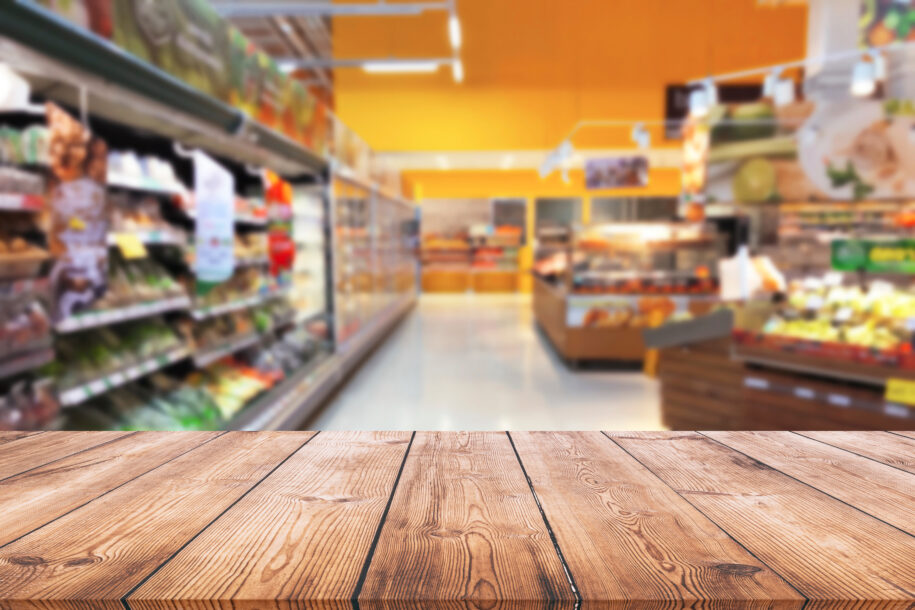As salvage food suppliers, we get a frontline view of the grocery supply chain since we work with food manufacturers, packers, co-packers, suppliers, distributors, retailers, food banks, discount food stores, and government institutions. In other words, we have a daily pulse on market conditions.
Our unique position in this niche food industry, a category in which Marvell Foods has earned a national reputation as a leader, allows us to observe the food supply chain in both the best and worst of times.
Stating the obvious, since Covid, everything has changed. In earlier blog postings, we covered various aspects of the impacts on the food/supply chain. But things have not gotten much better. Now that there’s a war, the nation’s food supply chain remains bleak, even though the war is in Europe. In actuality, things may get worse before they get better.
Here’s a quick recap on how the grocery supply chain system functions typically to understand better the dire circumstances in which many people and companies in the food industry currently find themselves.
A SIMPLE THREE-STEP PROCESS – IN THE OLD DAYS, NO LONGER
It’s essentially a three-step process from food processor to food purchaser. The processor, also known as the manufacturer, buys raw ingredients and turns them into products in step one. Step two, these products are sent to a distribution center, organized, and transported to retail locations. Step three, these products arrive at the grocery stores for direct sale to consumers. Step three can be modified so that instead of food shipping to stores – retail, wholesale, etc., food products also end up as part of food service in movie theaters, restaurants, concert venues, cruise ships, etc.
The above steps or channels are clear-cut. However, here’s where it gets tricky and troubling. When Covid struck, businesses shut down, virtually all companies across the country and the globe. This meant either few or no employees worked in the processing plants. So, few or no employees means less product output. That’s just at the “plant” and or “factory.” Then, there was the issue of trucking and truck drivers. Same scenario here: fewer truckers (because of COVID-19) meant fewer deliveries. The price/cost of deliveries went up because of a scarcity of drivers and increased fuel costs.
Given the above scenarios, since there is essentially less of everything, the economic theories of price/demand/supply are powerfully in play and display. To compound matters, we are now looking at inflation on top of everything else, which means the available food products are more expensive – depending upon the products, we’ve seen 5% to 20% increases, and often higher, on items like bacon, meat, cheese, eggs, and poultry.
Since there are fewer goods (high cost) and high demand (not enough products), as one of the nation’s leading salvage food brokers and food closeout buyers, Marvell Foods is uniquely positioned to offer its customers close-coded and short-dated food. The demand for short-dated and close-coded food from all sectors has risen exponentially given the recent high cost, high demand, and short supply of food products. Since these short-coded and “best use by dates” are fast approaching, Marvell Foods can secure these goods at highly discounted prices for its national customer base.
How Salvage Food Distributors Benefit the Supply Chain
Wholesale salvage food suppliers might not be the first buyers that come to mind when people think of the grocery supply chain, but they occupy a critical niche arena known as the Secondary Food Market. Companies like Marvell Foods are essential in maintaining a constant flow of products to the marketplace, meeting the needs of millions of Americans challenged by the ever-widening crisis of food insecurity facing the nation, fighting high food costs triggered by COVID-19, inflation, and all the other conditions covered in this post – (and other blog posts.)
Surplus grocery buyers create efficiencies in the supply chain, often purchasing products directly from food manufacturers and bypassing mid-level distribution channels. When the supply chain operates as it should, wholesale grocers get products into consumers’ hands faster and provide solutions for selling excess inventory, surplus food, salvage food, out-of-date food, and other hard-to-offload products. And, when normal distribution channels stop working as they should (which they have – again, since Covid-19), a company like Marvell Foods can help bridge the gap between manufacturer and consumer and ensure that everyday buyers get the food they need at a price they can afford.
Connect the Supply Chain Dots with Marvell Foods
At Marvell Foods, we put our experience as salvage food suppliers to work to relieve the burden of distribution inefficiencies in the grocery supply chain and ensure people have access to the food they want to buy. We also work directly with wholesale grocers and other retailers to source needed products—especially when other channels have failed them.
The supply chain can be unpredictable. Even in the best conditions, having as many options as possible to keep shelves stocked and customers/consumers happy is good. Marvell Foods, a family-owned, multi-generational company, has more than three decades of experience facilitating the distribution of goods to commercial and consumer sectors and our charitable partners.
If you’re searching “wholesale grocery store suppliers near me,” you’ve come to the right place. Get in touch with our team to learn more about our salvage and surplus grocery services, and how we can implement intelligent solutions for overcoming unanticipated issues in the grocery supply chain.

